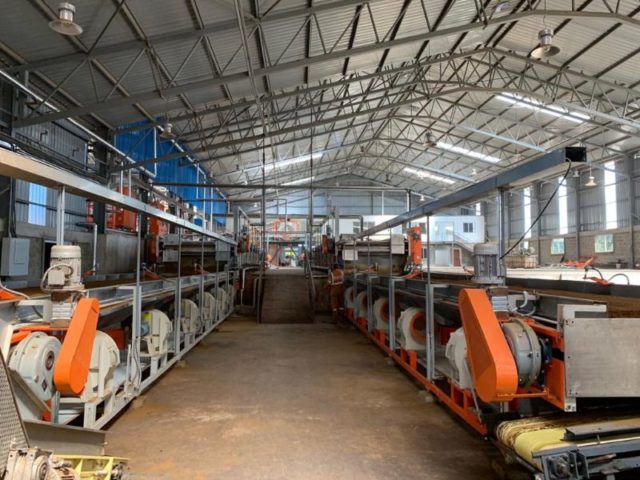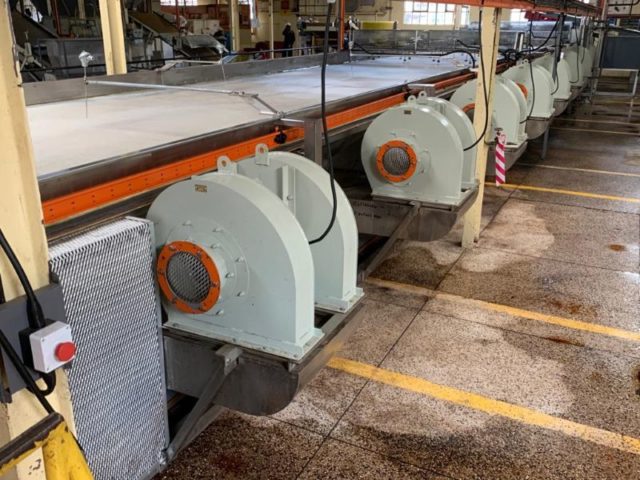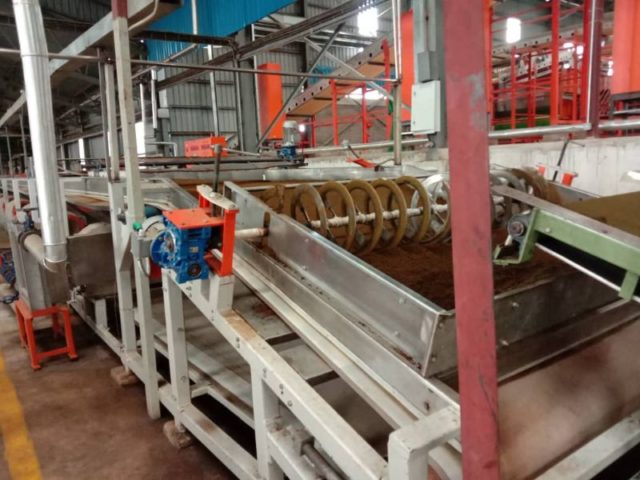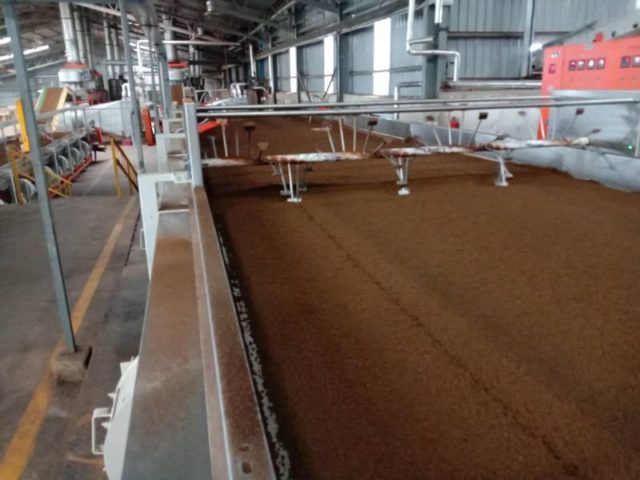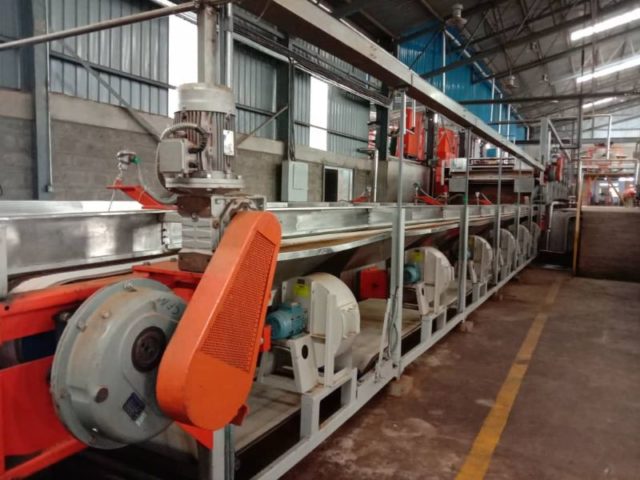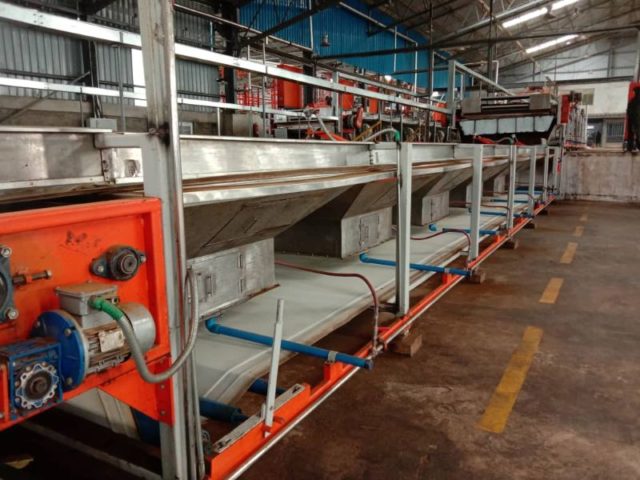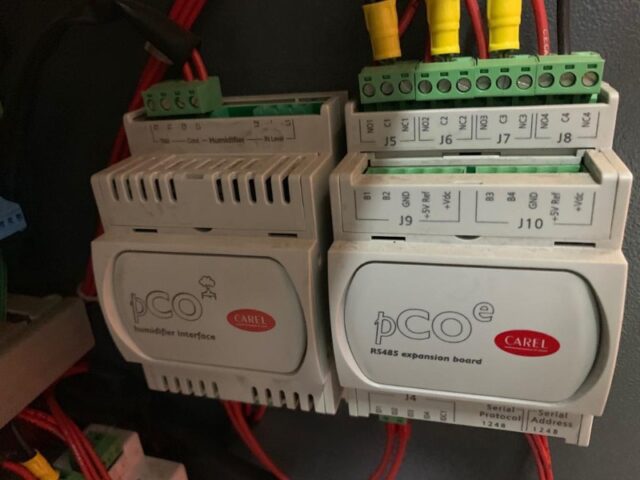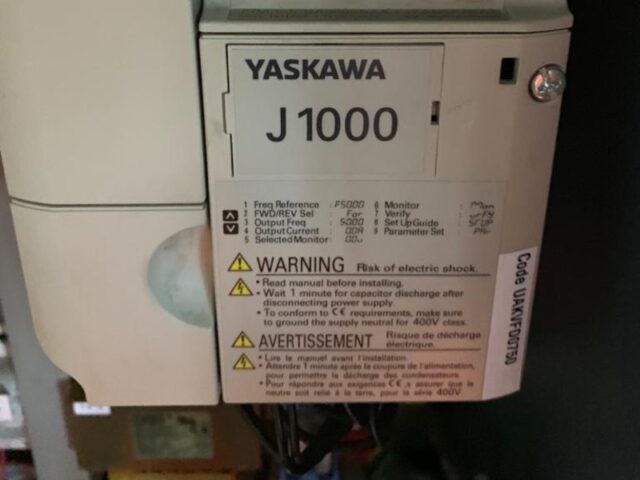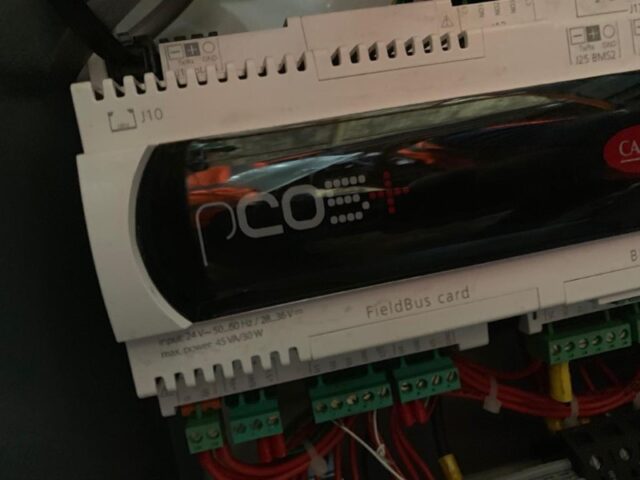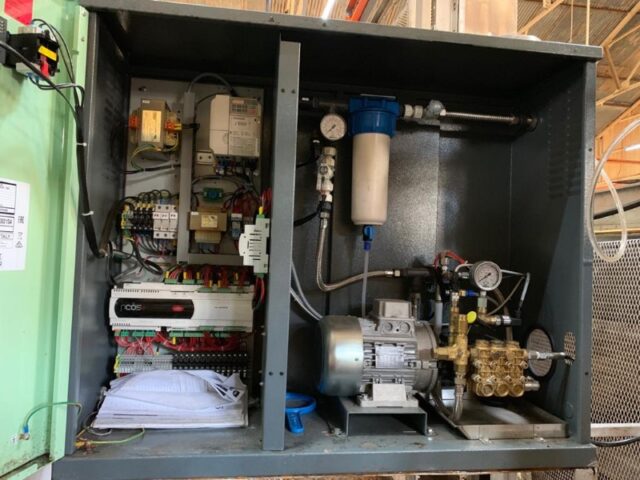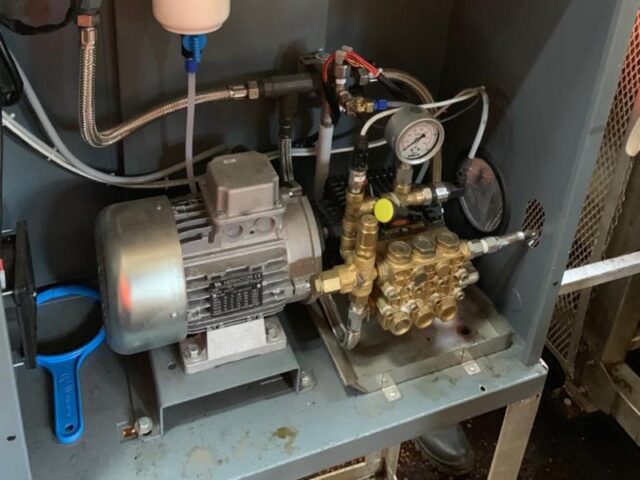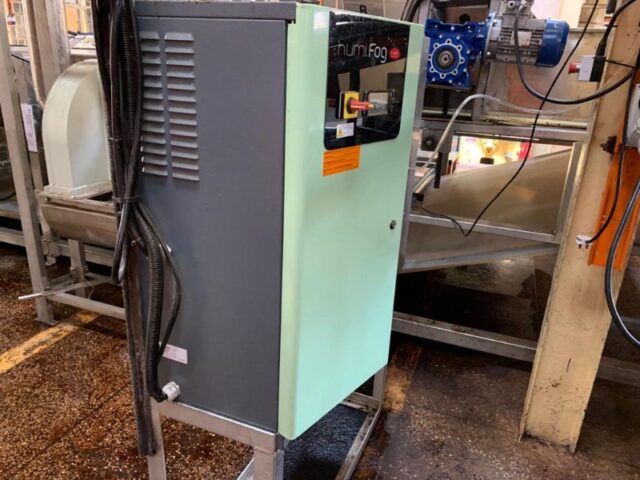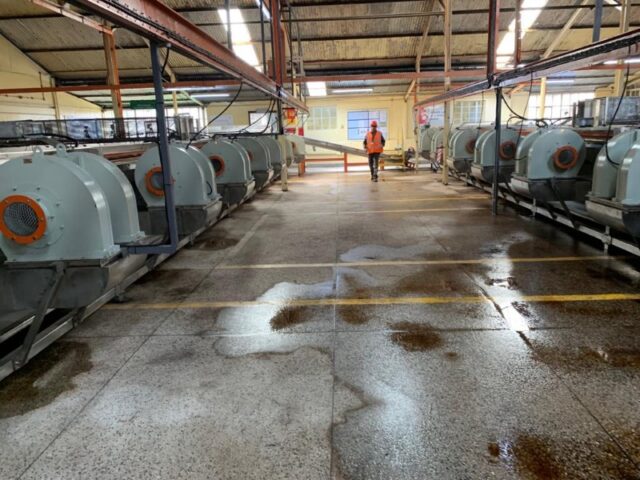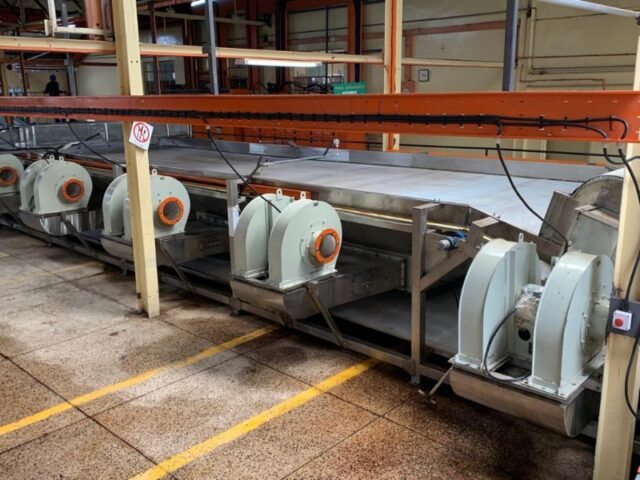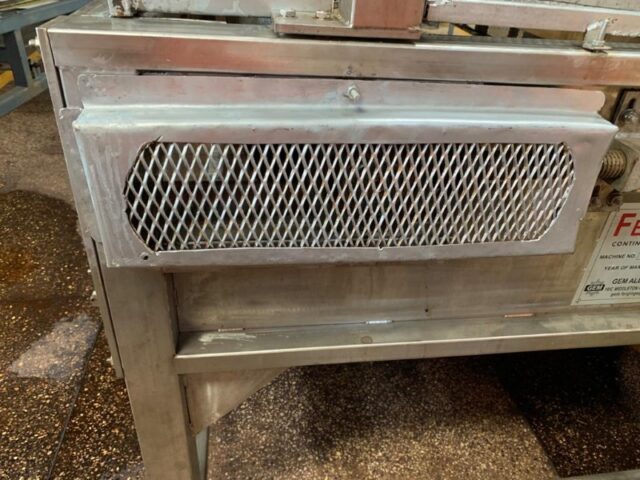- The Fermentation process, is a chemical re-action involving oxidation of the oxidisable soluble matters in the macerated tea particles with the oxygen, artificially brought into the action, in presence of the existent moisture and PPO enzymes, a natural ferment within the particles. The “tea-polyphenol oxidase (PPO)”, are natural ferments and plays the role of catalytic agent in fermentation process.
- The Oxidisable matters are largely responsible for the color and strength of the tea liquors with possibly a substantial contribution to it’s pungency and some other qualities also. Un-invited gate crashers like raw moisture or water born bacteria would only jeopardize the quality of the fermentation.
- In Black CTC tea manufacture, the oxidation rate and simultaneously the leaf temperature starts increasing from the 1st. Maceration unit, i.e. Rotorvane, would reach it’s peak rate & temperature possibly by about 25-35% into the fermenting process and the next stage of Condensation would be finally completed leading to the desired level of chemical changes at gradually reducing rate from peak at the end of planned residence period of the fermenting process. Rates of both the Oxidation and Condensation periods need to be controlled.
- Physically, the particle’s color would slowly first become yellow, then change to reddish yellow and finally to dark brown or coppery. The smell of processed leaf also would start changing from grassy to a sweet odor to the nose.
- The enzyme’s activity is dependent on the leaf temperature. It becomes most active between 80–90 °F but, acts very slowly below 60 °F. Hence warmth is needed for fermentation activity during cooler days or in cooler climatic areas. It starts getting destroyed at accelerated rate as temperature increases and hardly survives at temperatures beyond 120 °F.
- Ambient air would need conditioning to attain and proper humidification systems with auto control system should be provided for the air to maintain the desired dry bulb temperature and RH%.
- The temperature profile of the leaf during the fermentation period is a good indicator for accessing the attainment of the levels of chemical changes and the provided electronically controlled fermentation system, this profile graph is used as a control logic.
From the above the following design objectives for construction of the CFU had been considered
- Use of Food grade Hygienic moving leaf carrying surface
- Incorporate facility for varying the speed of the leaf carrying surface as infinitely as possible
- Ensure that the leaf from the up-stream equipment is spread full width of the leaf carrying surface at desired thickness uniformly
- Ensure uniform oxidation facility to almost all the leaf particles on the surface through out the layers.
- Incorporate facility through a suitable air humidification system to auto control of the condition of the applied air to the leaf w.r.t. it’s dry bulb temperature and RH% to control the leaf temperature profile throughout the bed length as desired
- Provide facility to control the volume of air application to leaf as desired.


